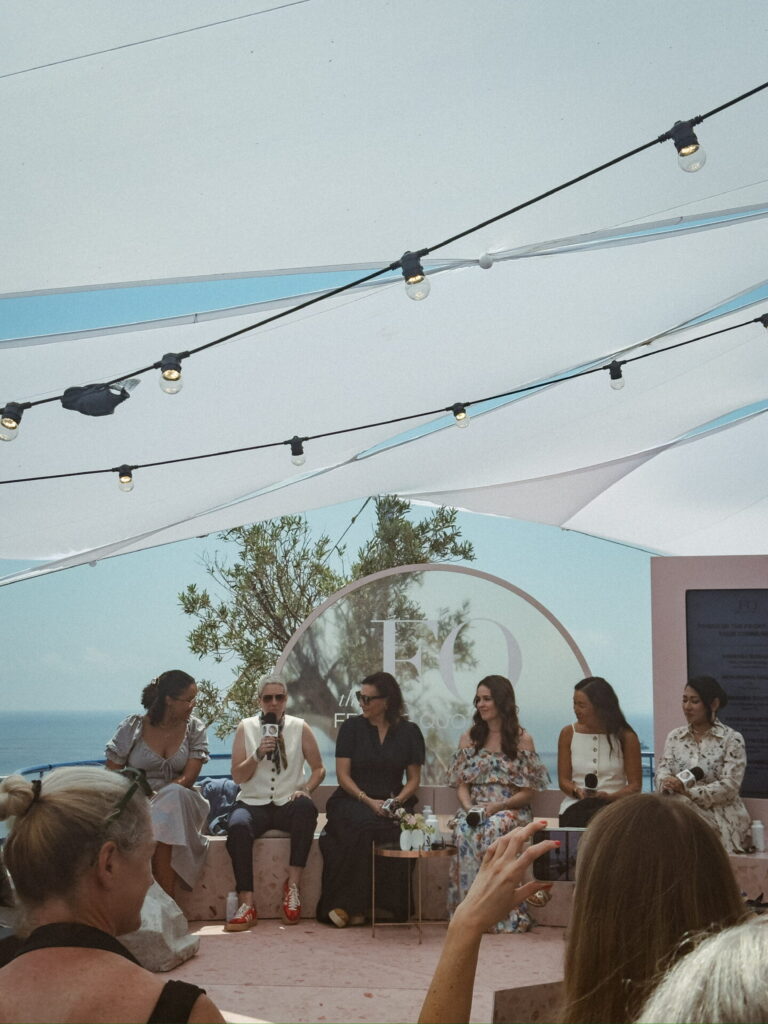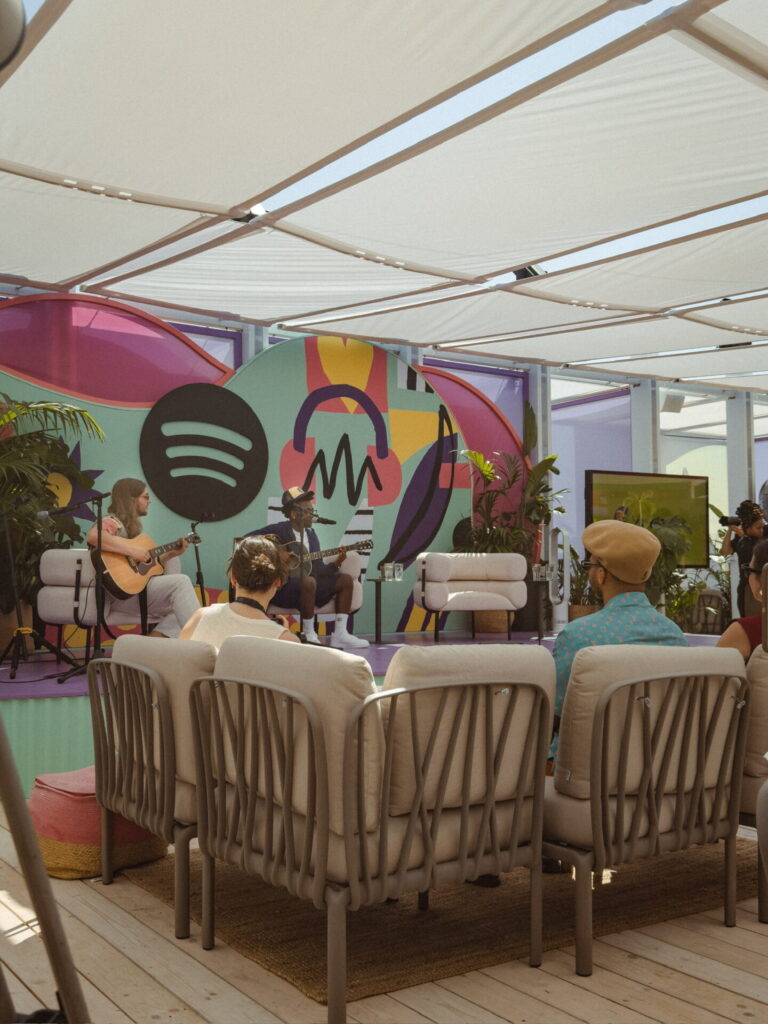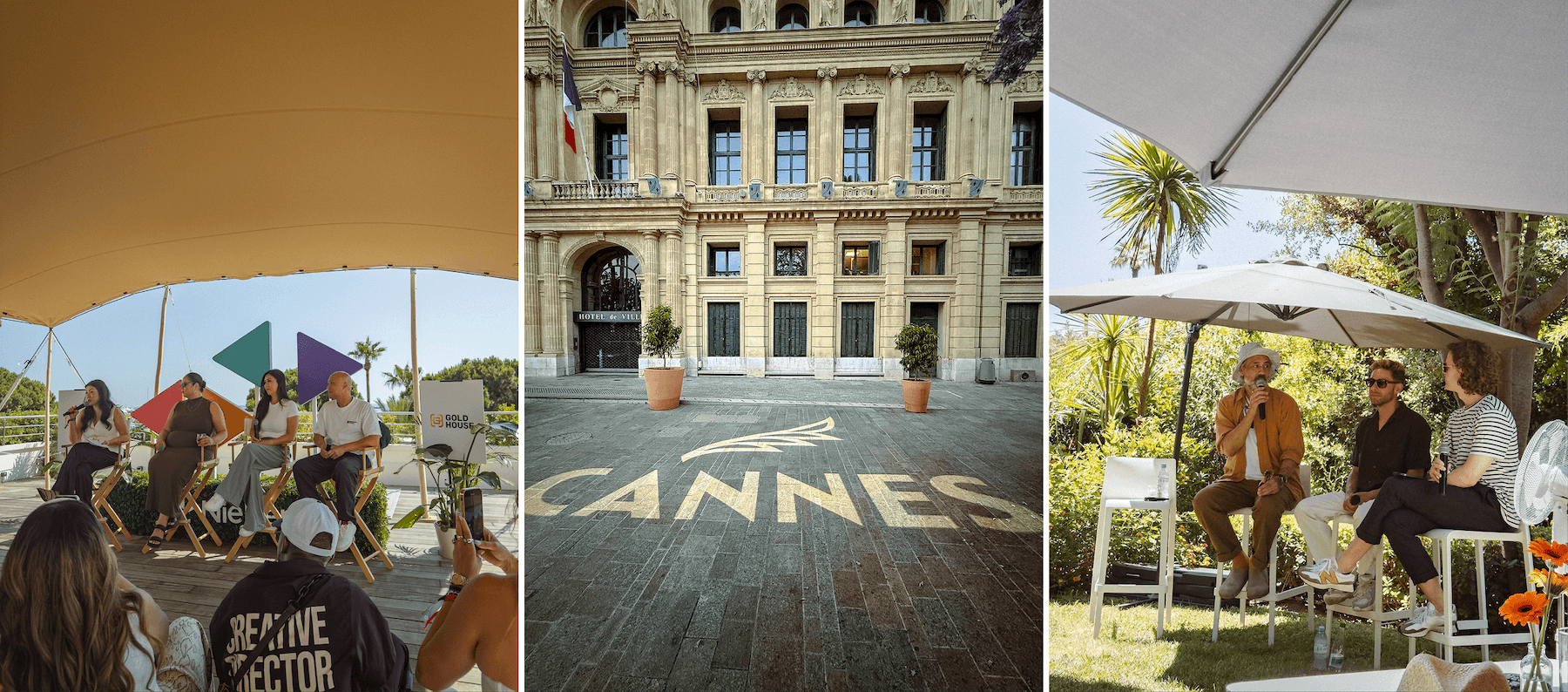After a week surrounded by some of the most inspiring minds in marketing, creativity, and culture, one insight stood above the noise: brands today must be facilitators, not intruders, in communities.
That message, shared by Raja Rajamannar, CMO/CCO of Mastercard during Stagwell’s #SportBeach panel on the intersection of music and community, perfectly encapsulates the shift we’re witnessing, one we should all be leaning into as marketers, agency leaders, and creators.
The brands winning today aren’t the ones yelling the loudest. They’re the ones that show up intentionally with relevance, authenticity, and value, embedding themselves within culture, not simply capitalizing on it.
As someone who has spent my career helping brands navigate the intersection of storytelling, community, and business growth, this week served as a potent reminder: the work is bigger than campaigns. It’s about connection.



Photo Credit: Kayla Williamson
Key Takeaways for Brand Marketers, Agencies, and Creatives — and Why They Matter
1- Networking can be transactional. Community is transformational. – The Female Quotient
This one hit home in a big way. Too often in our industry, networking gets reduced to business cards, LinkedIn adds, and quick surface-level exchanges. But community is something deeper.
When brands position themselves as part of a community — rather than outsiders looking in — the impact is lasting. For marketers, this means thinking beyond performance metrics to ask: Are we contributing to this audience’s world in a meaningful way? For agencies, it’s about creating ideas that don’t just drive impressions but foster belonging.
For creatives, it’s the difference between creating at people versus creating with them. When we invest in community, we unlock deeper brand affinity, cultural relevance, and long-term impact that goes far beyond any media buy.
2- In the age of media fragmentation, a “big littles” approach is key. – WARC
Gone are the days of one-size-fits-all, mass-market messaging. Audiences are splintered. Platforms evolve faster than we can update our media plans. And attention is a finite resource.
WARC’s “big littles” framework perfectly captures the new reality: brands need to balance big, broad-reaching ideas with a constellation of highly contextual, hyper-targeted executions.
For marketers, this means mastering both scale and specificity. For agencies, it demands agile creative systems that can flex from 30-second TV spots to TikTok edits to deeply localized community activations — all rooted in a cohesive brand narrative.
Creatives today need to think modularly. A great idea doesn’t just live in one hero asset; it’s a living system that adapts across channels and subcultures while staying unmistakably on brand.
3- “The promise that marketing makes is one thing. The promise of the product is everything.” – Kristine Segrist, ADWEEK
This is a reality check for every marketer and agency leader: No amount of brilliant storytelling can save a broken product, a disconnected customer experience, or a brand promise that isn’t lived out authentically.
In a time when transparency is non-negotiable, your brand story needs to align with the real-world experience of your customers — from your website UX to your customer service to the way your team shows up in physical spaces.
For creatives, this is a reminder that our work isn’t just to sell the promise — but to partner with brands in making sure that promise holds true. Because when the gap between brand storytelling and product reality is too wide, trust erodes. And trust is the most valuable currency any brand has.
4- “The insight must be true. The creative must be unexpected.” – Soyoung Kang
This might be the perfect creative brief distilled into a single sentence.
Truth and tension are the foundations of great creative work. Without a real, meaningful, human insight, your campaign risks becoming wallpaper. But truth alone isn’t enough — it has to be delivered in a way that surprises, delights, provokes, or inspires.
For marketers, this is a call to dig deeper. Don’t settle for surface-level demographics or generic customer data. Find the emotional tension — the thing that keeps your audience up at night, drives them, or delights them — and build from there.
For agencies and creatives, it’s permission to push beyond the expected. Predictable creative doesn’t cut through. We need to balance the rigor of strategy with the magic of surprise. That’s where the real impact lives.
The Bigger Reflection: Our Responsibility as Creatives
Cannes reinforced something I’ve believed for a long time: We are not just marketers. We are architects of culture.
The stories we tell, the spaces we design (physical or digital) shape how people see themselves, how they connect with each other, and how they move through the world.
Being a creative today isn’t just about making something beautiful or clever. It’s about being intentional about the energy we put into the world. Are we building community or extracting from it? Are we amplifying voices or drowning them out? Are we facilitating belonging or interrupting it?
For me, the biggest takeaway is this: The future belongs to brands that co-create with their communities, not just market to them. It’s not enough to say you’re “part of the culture.” You have to show up for it, invest in it, and help it thrive.
That’s the work. That’s the opportunity.


